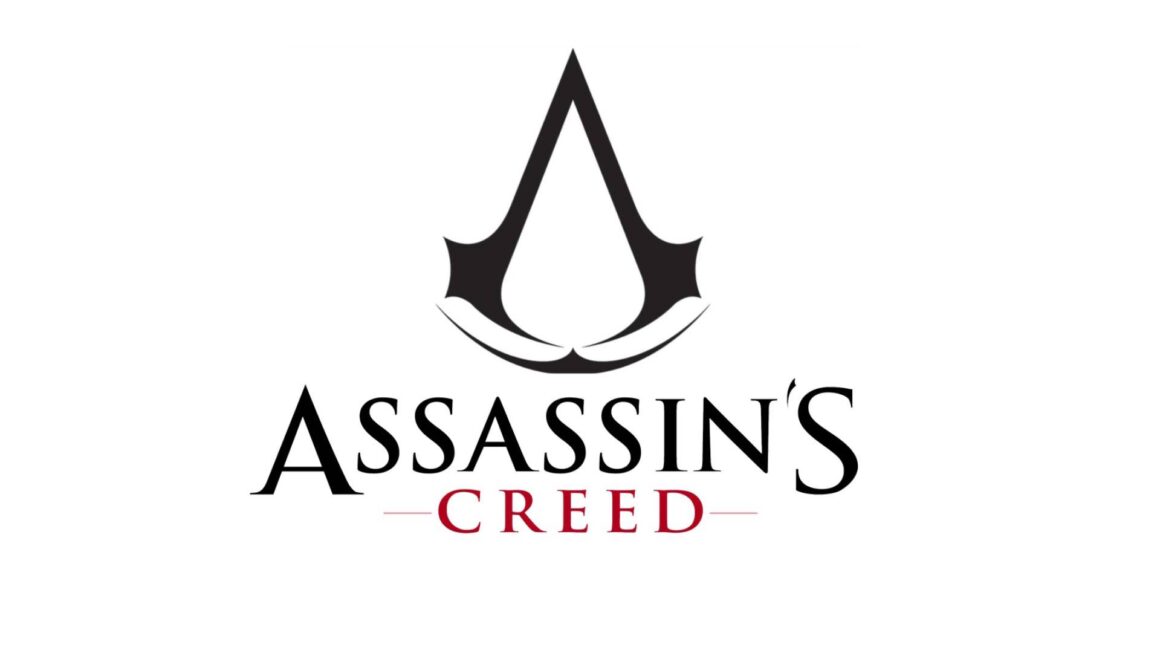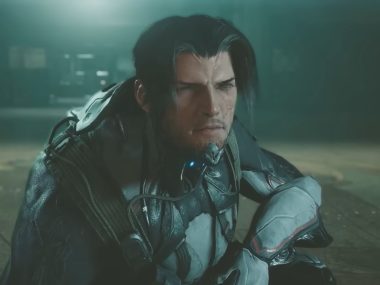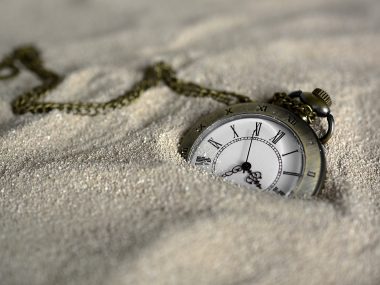Why are Assassin’s Creed games so long? Fans debate story quality, pacing, even whether the RPG shift was the right call. But under all the discourse is a blunt business reality: Ubisoft wasn’t just making bigger games for the sake of art. They were making them to stop you from trading them in.
Back in the early 2010s, GameStop had perfected a model Ubisoft hated. A player could buy Assassin’s Creed, blaze through it in a week, then resell it back to the store. GameStop made money reselling that same disc again and again. Ubisoft got nothing.
The response from management was simple: keep the disc in the tray longer.
How Ubisoft Engineered Bloat
The problem was cost. Traditional action-adventure content like cinematic missions, handcrafted sequences, sprawling set pieces, is expensive to build hour by hour. Stretching Assassin’s Creed that way wasn’t sustainable, especially with the near-annual release schedule.
The workaround? RPG mechanics.
Leveling systems, stat-based gear, skill trees, side quests, endless collectibles. All of it is cheaper to produce per gameplay hour than another giant naval battle or multi-city chase sequence. Former Ubisoft director Alex Hutchinson explained it bluntly: RPG elements were the practical way to “bulk out” the games.
It worked. Assassin’s Creed Origins, Odyssey, and Valhalla ballooned into hundred-hour epics. The shift was risky, but players didn’t abandon the series. Many welcomed the sense of progression, even if critics called it grind. Ubisoft’s bet had paid off.
Why Fans Accepted the Grind
Ubisoft didn’t just pad the hours and hope nobody noticed. They disguised the bloat with fresh coats of paint: new settings, new characters, new historical backdrops. Each game promised something different, Egypt, Greece, the Viking invasions. Even as the structure underneath stayed the same.
For many players, the sheer scale was a selling point. A giant map, dozens of quests, hundreds of collectibles, all for $60. Value, at least on paper, looked undeniable. If you were the kind of player who equated hours with worth, Assassin’s Creed delivered.
Critics grumbled about filler, but fans kept logging in. Ubisoft monitored engagement, tweaked progression, and kept just enough novelty in the formula to keep the franchise moving forward.
The Economics Behind the Design
Was all this intentional? Yes.
The business motive was clear: stop fast resales, protect revenue. A longer game makes it harder to finish in a week, and if you’re still climbing towers and looting camps after 50 hours, you’re not driving down to GameStop to trade your disc in.
This strategy had another side effect: bloated playtimes looked good on paper. Publishers could point to massive engagement numbers, touting “hundreds of hours of content” as a badge of honor. What began as a defensive tactic against GameStop also inflated the franchise’s image as “massive value” entertainment.
The Bigger Question
If Assassin’s Creed was designed to be long partly for resale reasons, how many other games are doing the same thing?
Length isn’t always artistic. Sometimes it’s strategic. Sometimes the extra ten hours of repetitive side quests aren’t there for you. They’re there to delay a resale or inflate engagement stats.
That doesn’t mean every long game is cynical. Some creators genuinely want to give players sprawling worlds. But the Ubisoft case shows how economics and design can quietly merge. What looks like creative choice may actually be commercial defense.
So the next time you’re thirty hours deep in a game, still chasing side quests and grinding for gear, ask yourself: is this design, or is this business?
For Assassin’s Creed, at least, the answer is clear. Ubisoft didn’t just build bigger games because they could. They built them because they had to.






